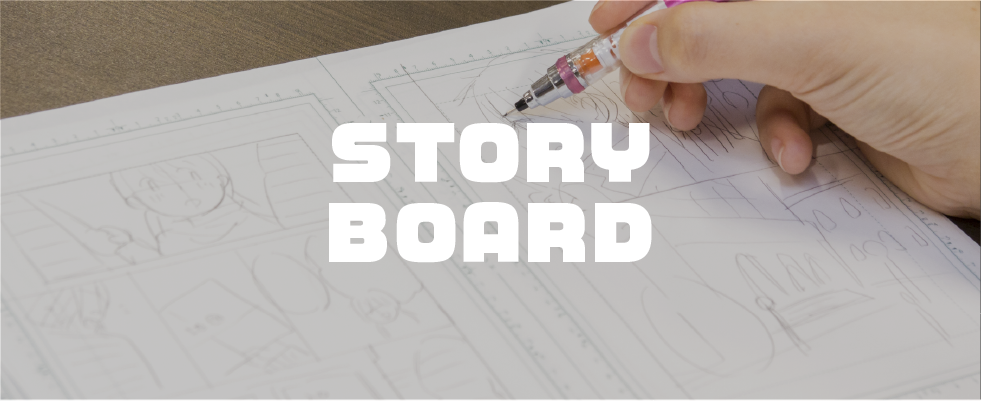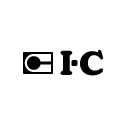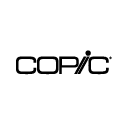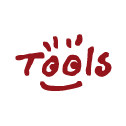![]() Storyboard
Storyboard
At this stage, you decide the panel layout, the lines, the page structure, and so on.
Create a Storyboard
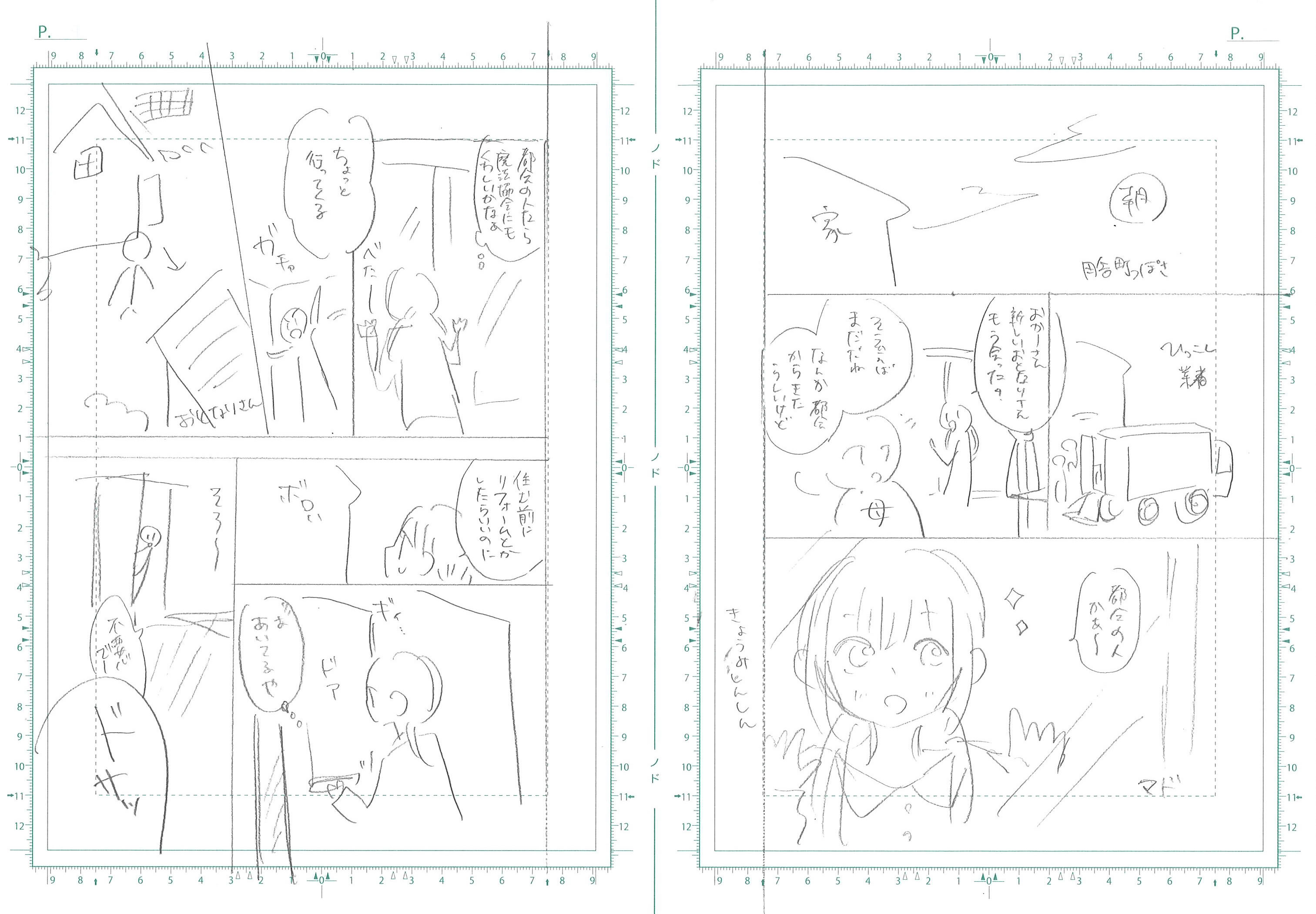
Key Points for the Storyboard
- Make it clear who the characters are
- Make their expressions and lines clear
- Make the panel layout clear
- Make the situation clear
Use the storyboard to review the overall structure and revise areas you wish to change before entering the sketching stage.
Storyboards are often created in two-page-spread format so that you can read them in the same way as reading a book.
Besides folding photocopying paper in half or drawing in a plain notebook, there are also notebooks for sale specifically for storyboards, which can prove useful.
You can also file pages away individually so that they are easy to replace.
The reason storyboards feature rough drawings, stick figures, and other simple art is because they are drawn with the intention of being replaced.
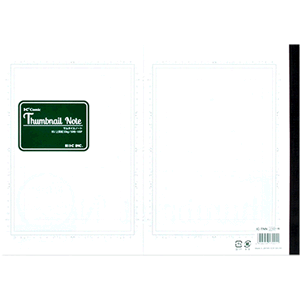
Notebook for storyboard
A notebook which has the same line layout as comic paper.
Storyboard Techniques
I can’t make any progress with the storyboard even though the plot’s finished...
If this sounds like you, then we have some storyboard tricks to help you out!
Create a Mini-storyboard
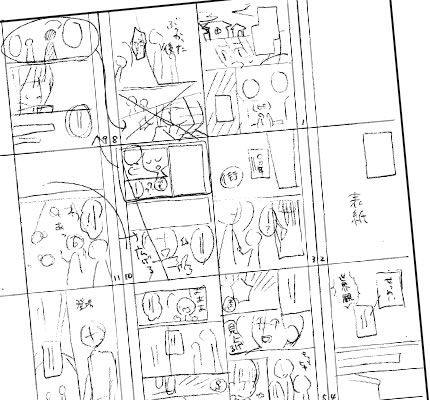
A mini-storyboard involves splitting a sheet of paper into small sections and creating a reduced-size version of a storyboard. It’s essentially a storyboard for the storyboard.
With a mini-storyboard, there is little space available on the page, so there’s no room to draw layouts and character expressions. This makes it easy to revise.
Using this as a starting point will make it easier to draw the real storyboard.
Don’t Start from the First Page
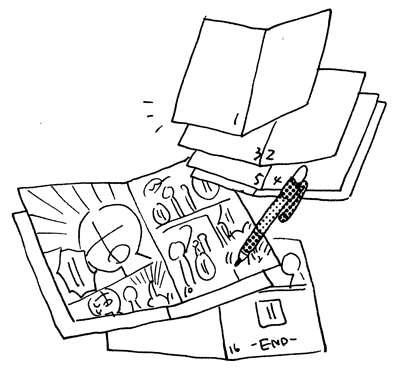
Sometimes when you start drawing the storyboard, it’s hard to figure out how to explain the setting, introduce the characters, and so on.
When this happens, focus on drawing the most interesting and climactic scenes first since they’re the easiest to envision.
The introduction is important for drawing in the reader, and even pros struggle with it.
Starting with the scenes you think you can draw and filling in the surrounding parts afterwards is one technique for making progress on the storyboard.
Forget About the Illustrations
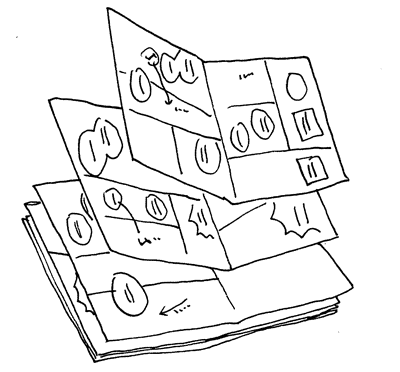
Sometimes we get so caught up in the illustrations and layout that we re-do the same page over and over again and don’t make any progress. When that happens, why not try putting off all the illustrations until later?
Focus on getting all of the lines and the panel layout done first.
At this point, mull over the illustrations in your head and write down explanations describing the situation for the panels without lines. This will make revisions much easier.
Once the frame lines and speech bubbles are completed and the storyboard’s foundation has been established, you can begin drawing, starting with the easiest parts.
